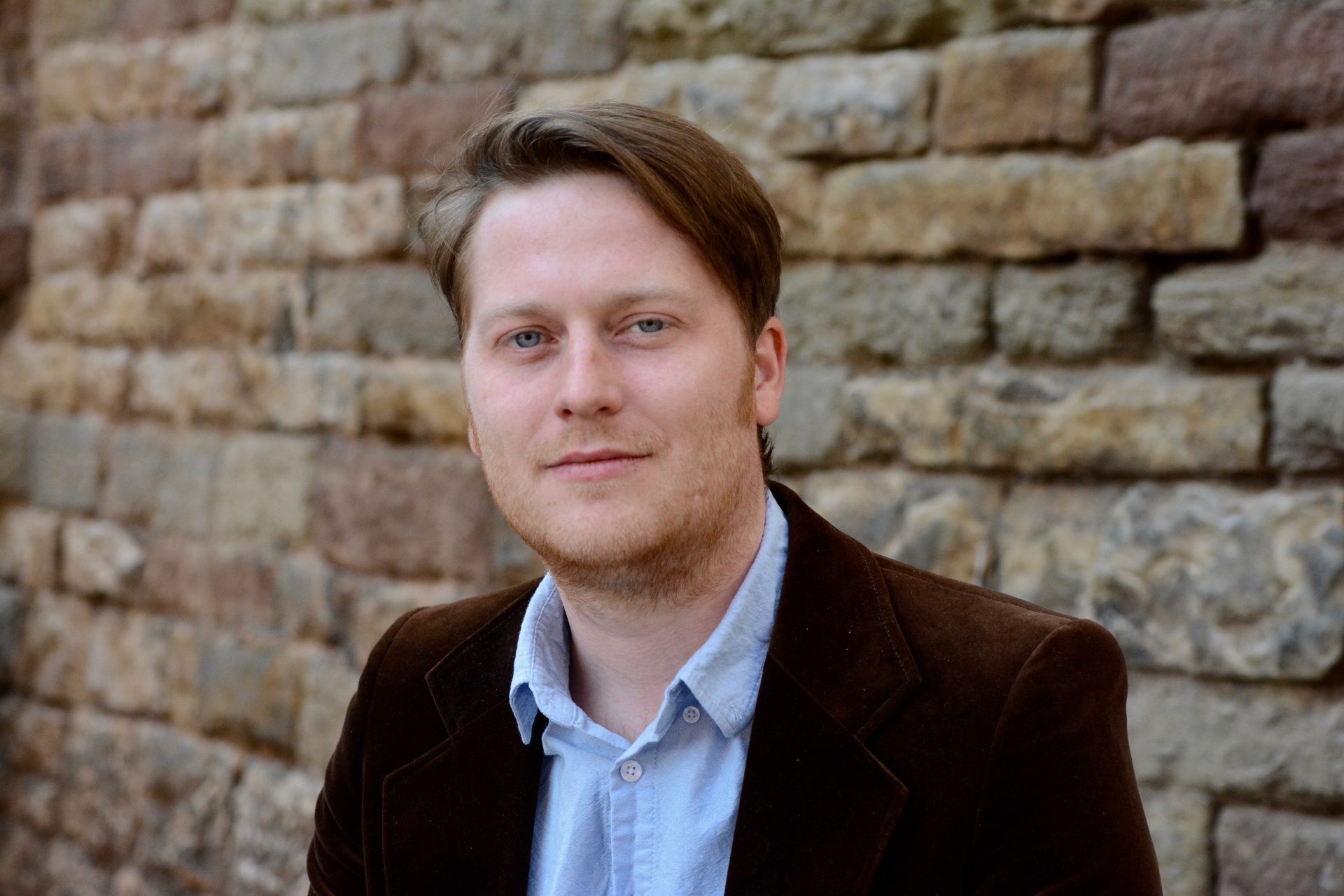
Daniel Becker studied art history and German language and literature in Hamburg, where he wrote his master thesis on Narcissus in Media Art. He focuses on contemporary art, digital aesthetics, and the history of art and technology. From 2012 to 2014, he worked with the digitization project of the Hamburger Kunsthalle. From 2014 to 2018, he held a scholarship of the International Doctoral Program Mimesis at the Ludwig-Maximilians-University Munich, working on his dissertation on the topic of Schnitt-Stellen. Aesthetic Implications of Interfaces. Since February 2019, he is a research assistant in the department of Tristan Weddigen at the Max Planck Institute for Art History (Bibliotheca Hertziana, Rome), where he is pursuing a project on The Aquatic and Fluid as a Sculptural Element in Italian Art.
Relevant Publications:
„Water – Liquidity as Digital Form“, in: State of the Flux. Aesthetics of Fluid Materials, ed. Marcel Finke and Friedrich Weltzien, Berlin: Reimer, 2017, pp. 157–173.
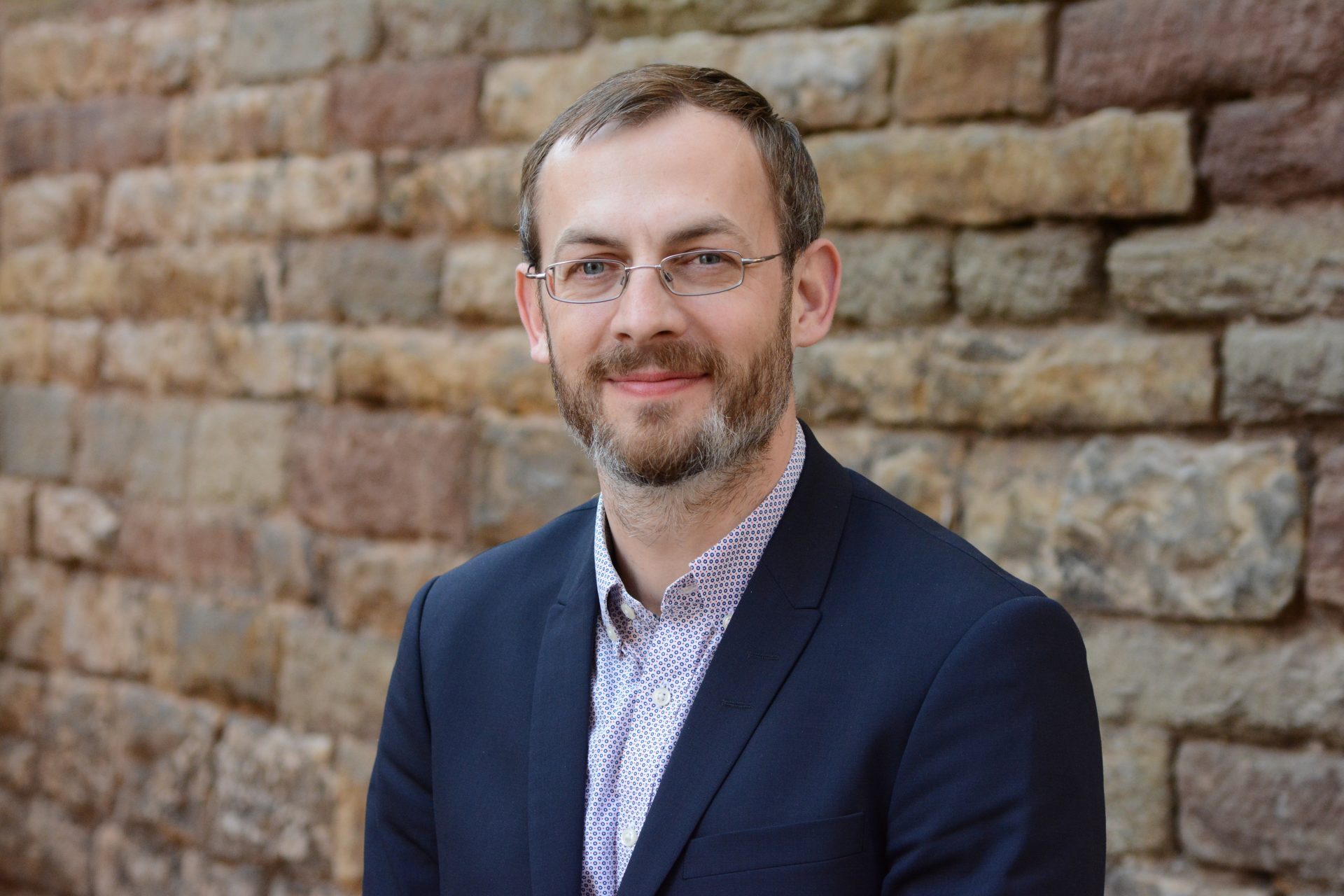
Speaker of the network
Marcel Finke is Assistant Professor of Art History at the University of Tuebingen. From 2012 to 2014, he worked as a research fellow with the project Liquid Things. Artistic Research on Active and Transitive Materials at the University of Applied Arts Vienna. From 2014 to 2016, he held a postdoctoral position at the University of the Arts Berlin, working with the research training group Knowledge in the Arts (DFG). In his doctoral thesis, he explored the materiality of both picture and body in the artistic practice of Francis Bacon. Currently, he is researching on the use of liquid and ephemeral materials in art since the 1950s, concentrating on the aesthetics and epistemologies of the fluid.
Relevant publications:
State of Flux. Aesthetics of Fluid Materials, ed. Marcel Finke and Friedrich Weltzien, Berlin: Reimer, 2017.
Prekäre Oberflächen. Zur Materialität des Bildes und des Körpers am Beispiel der künstlerischen Praxis Francis Bacons, Berlin: Deutscher Kunstverlag, 2015.
„Im Nebel. Fluide Materialien und die Kunst der Zerstreuung“, in: Wessen Wissen. Situiertheit und Materialität der Künste, ed. Kathrin Busch, Christina Dörfling, Kathrin Peters and Ildiko Szanto, Paderborn: Wilhelm Fink, 2018, pp. 99–116.
„State of Flux: Introduction to Fluid Materials”, in: State of Flux. Aesthetics of Fluid Materials, hg. von Marcel Finke and Friedrich Weltzien, Berlin: Reimer, 2017, pp. 9-19.
„Thinking Through Foam: Art, Agency, Aphrology“, in: State of Flux. Aesthetics of Fluid Materials, hg. von Marcel Finke and Friedrich Weltzien, Berlin: Reimer, 2017, pp. 137–156.
„Ambivalente Gischt. Fluide Schäume in Alltag und Kunst“, in: Die Sprachen des Materials. Narrative, Theorien, Strategien, hg. von Martin Scholz and Friedrich Weltzien, Berlin: Reimer, 2016, pp. 119–140.
„Aphrodite oder die Kunst der Schaumgeburt. Seifenschaum als geschlechterkritisches Material“, in: FKW – Zeitschrift für Geschlechterforschung und visuelle Kultur, No. 57, October 2014, pp. 12–27.

Andrea Haarer studied art history and Romance philology at the Eberhard Karls University Tuebingen. From 2013 to 2015, she was research associate at the Johannes Gutenberg-University Mainz, working with the Emmy Noether research group Form and Emotion. Affective Structures of French 19th-Century Art. From 2015 to 2017, she held a scholarship at the University of Hamburg, being a member of the research group Naturbilder / Images of Nature. Currently, she is completing her doctoral thesis on „States of Flowing. Victor Hugo’s Picture Making about Seawater, 1855–1875”. Her main research interest are theories and practices of artistic production.
Relevant publications:
„Victor Hugos schwarze Wasser. Taches (1870–1875)“, in: Naturalismen. Kunst, Wissenschaft, Ästhetik, ed. Robert Felfe, Frank Fehrenbach and Maurice, Berlin: DeGruyter, 2019 (in press).
„Dark Liquids. Victor Hugo and Phosphorescent Seawater“, in: State of Flux. Aesthetics of Fluid Materials, ed. Marcel Finke and Friedrich Weltzien, Berlin: Reimer, 2017, pp. 56–73.
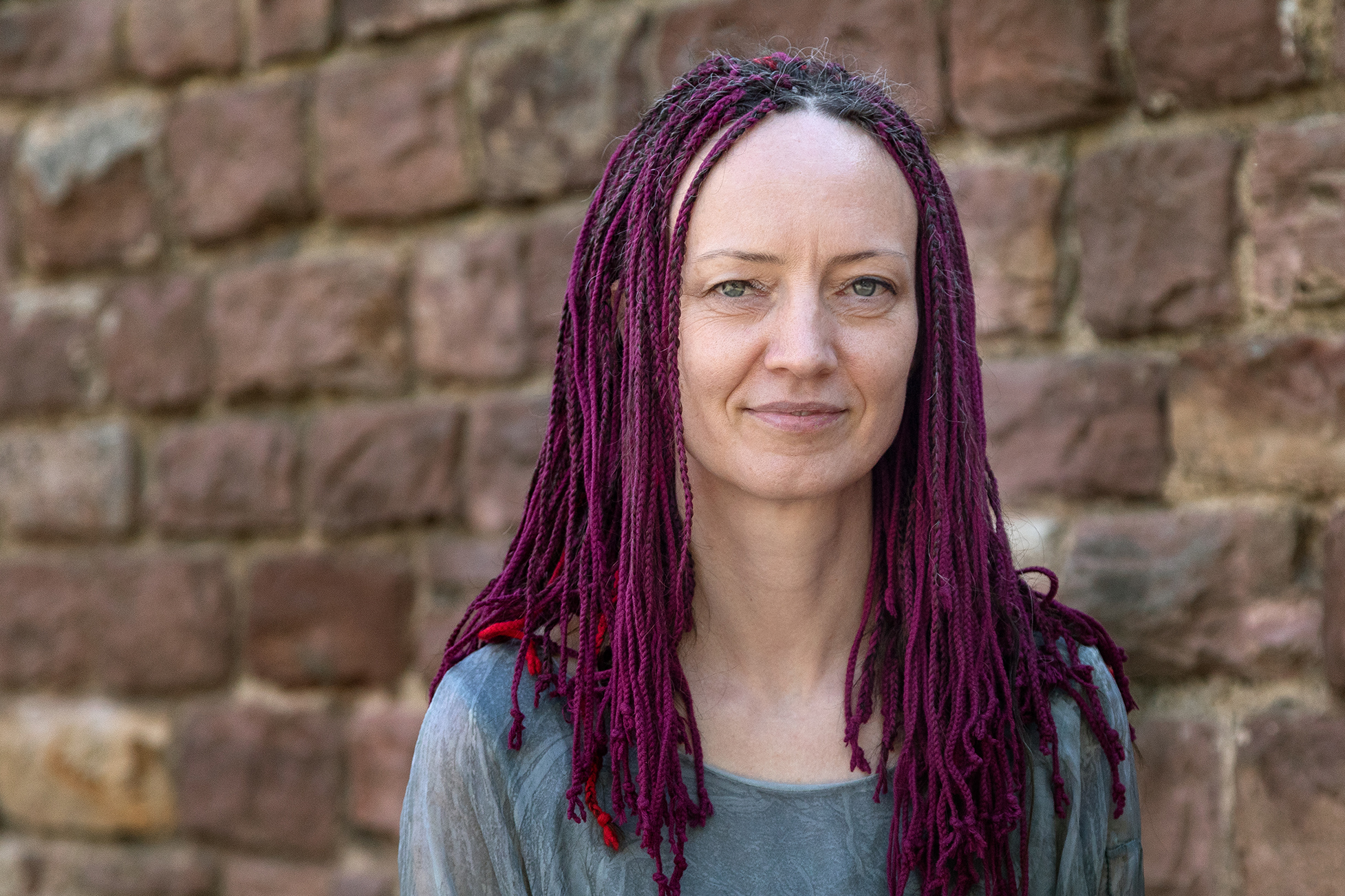
Inge Hinterwaldner is Professor of Art History at the Karlsruhe Institute of Technology. In 2009, she completed her doctorate in art history at the University of Basel with the thesis The Systemic Image (Wilhelm Fink, 2010). As a visiting researcher she enjoyed staying at MECS/Leuphana in Lüneburg, Duke University Durham and MIT in Cambridge. From 2016 to 2018, she worked as a professor of art and visual history in modern and contemporary art at the Humboldt University of Berlin. Her research focuses on interactivity and temporality in the arts, computer-based art and architecture, interdependencies of arts and sciences since the 19th century, performativity theory in the sciences, as well as image and model theory.
Relevant publications:
„Gezähmte Flüsse? Künstlerische Strategien am Übergang von Informationskanälen zu Injektionskanülen“, in: Einfluss, Strömung, Quelle. Aquatische Metaphern der Kunstgeschichte, ed. Ulrich Pfisterer and Christine Tauber, Bielefeld: transcript, 2018, pp. 177–196.
„Surfing the Waves. On the Roles of Marker Materials in Turbulence Experiments“, in: Raw Flows. Fluid Mattering in Arts and Research, ed. Roman Kirschner, Berlin: DeGruyter, 2017, pp. 48–63.
„Model Building with Wind and Water. Friedrich Ahlborn’s Photo-Optical Flow Analysis“, in: Studies in History and Philosophy of Science, Vol. 49, 2015, pp. 1–17.
„Phänodramen oszillierender Membranen“, in: Rhythmus – Balance – Metrum. Formen raumzeitlicher Organisation in Musik und Bild, ed. Christian Grüny and Matteo Nanni, Bielefeld: transcript, 2014, pp. 109–135.
„Parallel Lines as Tools for Making Turbulence Visible”, in: Representations, Vol. 124, No. 1, 2013, pp. 1–42.
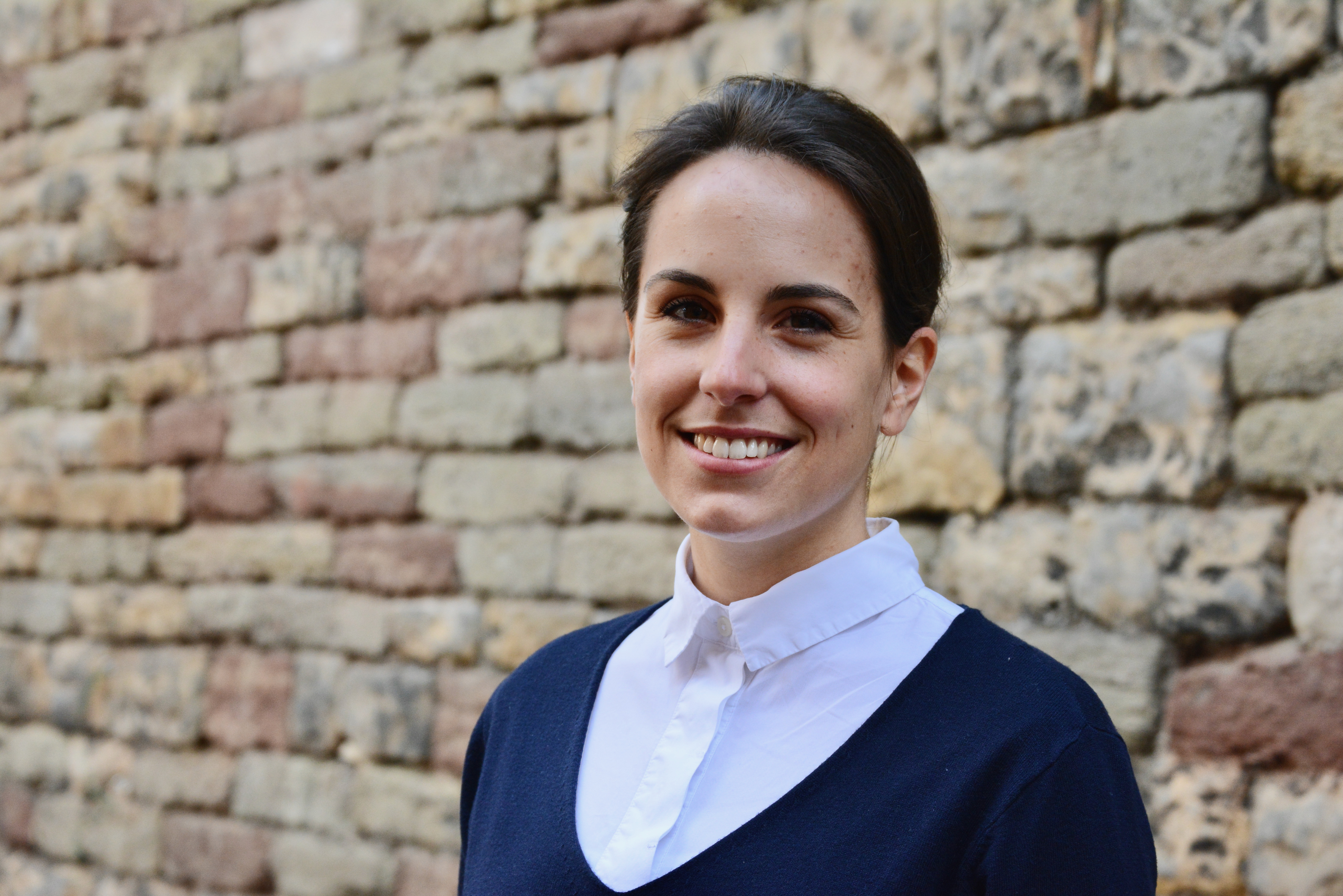
Research Assistant
Ana Sofia Suarez Lerche studied art history and palaeoanthropology at Eberhard Karls University Tuebingen where she received her B.A. degree in 2019. Currently, she takes part in the M.A. Programme in Art History at Eberhard Karls University Tuebingen. Since 2019, she is also working as a student employee with the Württemberg State Museum in Stuttgart.
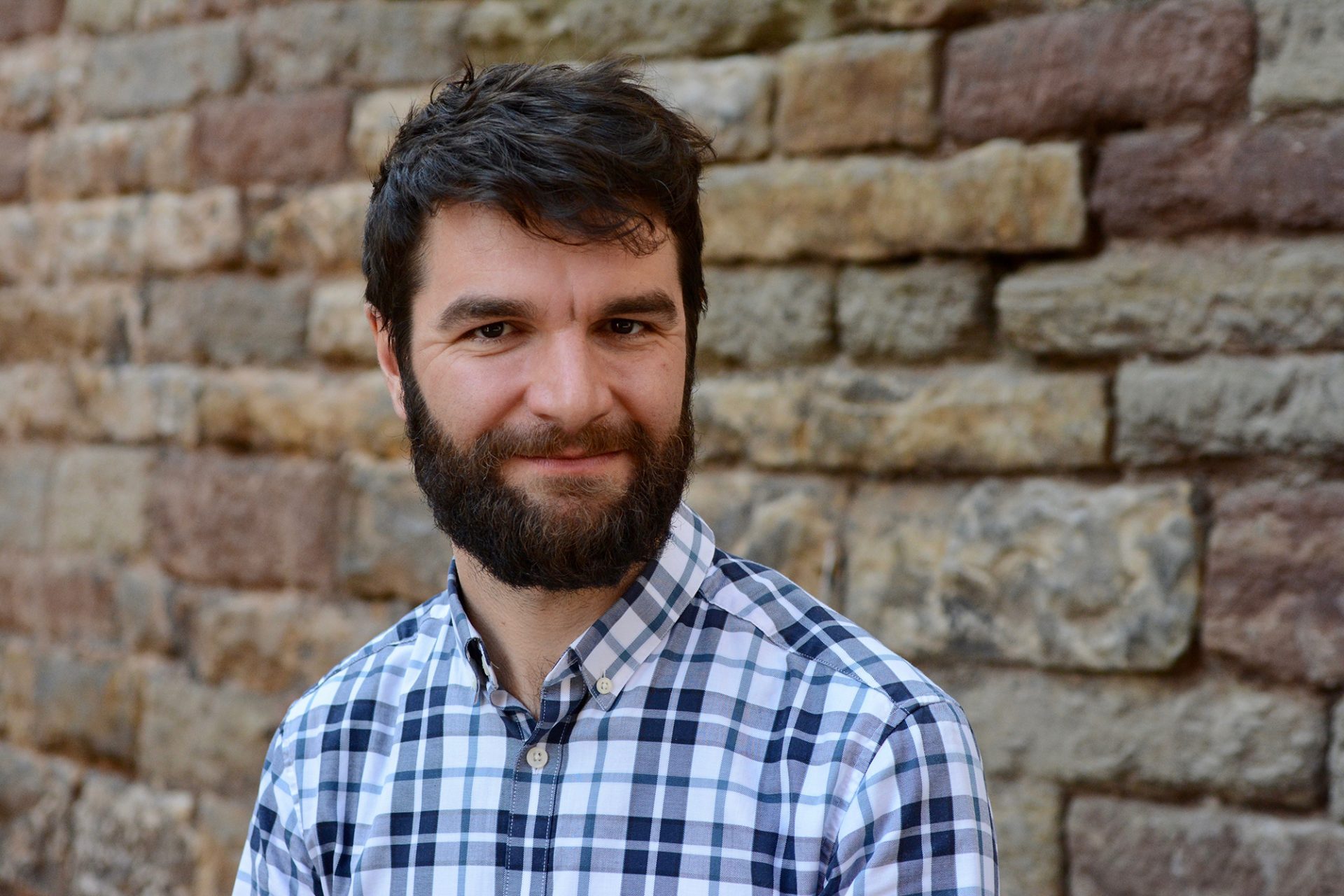
Ralf Liptau is an historian of art and architecture with a research focus on the 19th and 20th century. He studied History of Art, German Philology and History at the Free University Berlin and at the University Sorbonne IV in Paris. Between 2014 and 2017, he worked as research associate at the research training group Knowledge in the Arts (DFG) at the University of Arts in Berlin. In his doctoral thesis, he explored the role of models in architectural design processes of mid-century modernity. Since 2017, he works as Assistant Professor at the Institute of History of Art, Building Archaeology and Restoration at TU Vienna. His current research deals with visual documentation of “disappearing” architecture since the 19th century.
Relevant publications:
„Kneten und probieren. Modelle in Entwurfsprozessen der Nachkriegsmoderne“, in: Architektur und Akteure. Praxis und Öffentlichkeit in der Nachkriegsgesellschaft, ed. Regine Heß, Bielefeld: transcript, 2018, pp. 99–110.
„From Soap Suds to Construction. Frei Otto’s Design Practice as a Chain of References”, in: State of Flux. Aesthetics of Fluid Materials, ed. Marcel Finke and Friedrich Weltzien, Berlin: Reimer, 2017, pp. 121–136.
„Übersetzungen in die Architektur. Seifenhautmodelle von Frei Otto“, in: Planbilder. Formen der Architekturgestaltung, (= Bildwelten des Wissens, Vol. 11), ed. Sara Hillnhütter, Berlin: DeGruyter, 2015, pp. 26–34.
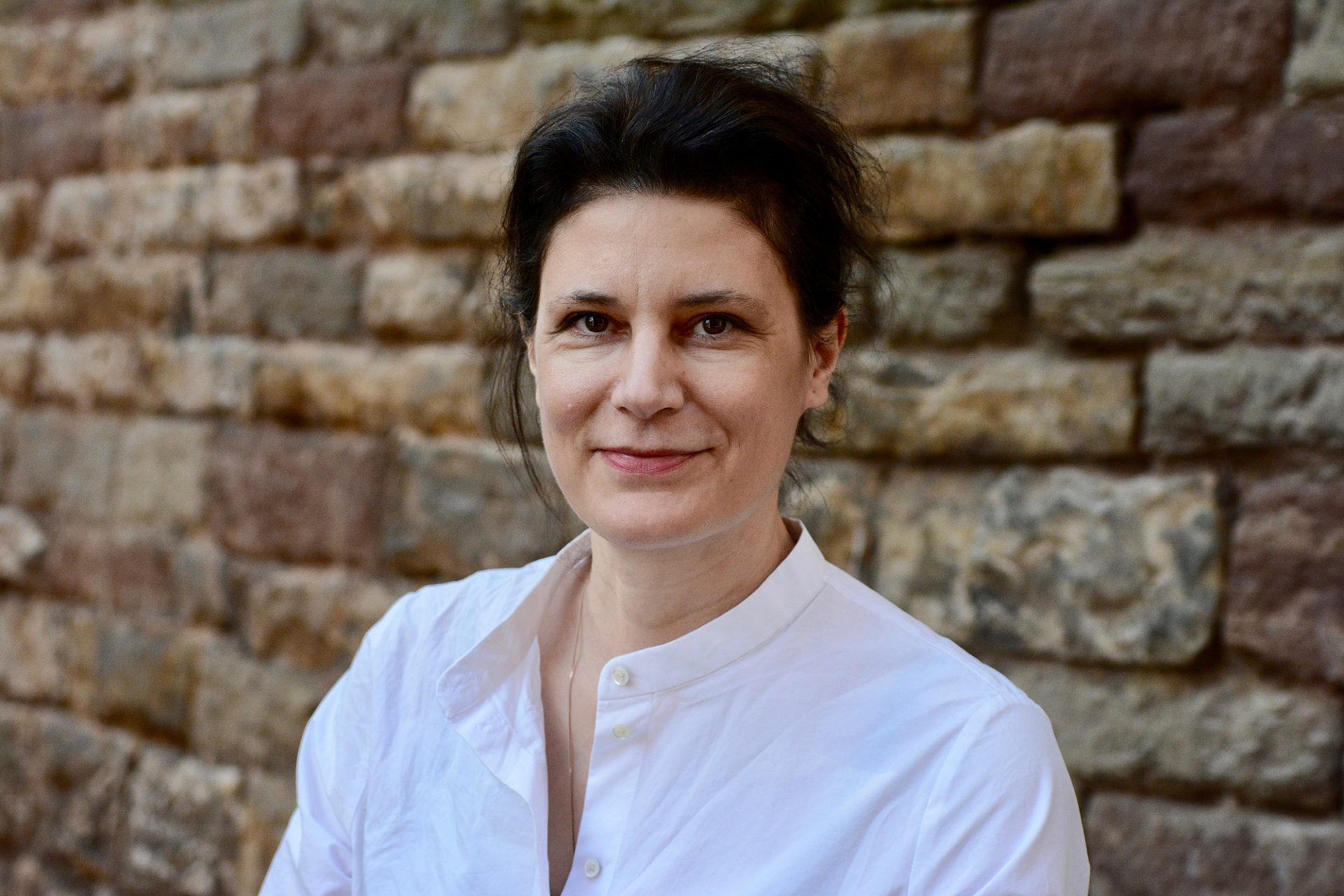
Kassandra Nakas is an art historian who currently teaches at the Leuphana University Lüneburg. She was Assistant Professor and Guest Professor at the Berlin University of the Arts (UdK Berlin). Her fields of interest include art and art theory since 1800, especially the representation of the human body and the relationship between art and science. She is currently preparing a publication on artistic and medical imagery of the human body in 19th century France.
Relevant publications:
Verflüssigungen. Ästhetische und semantische Dimensionen eines Topos, Paderborn: Wilhelm Fink, 2015.
„‚Watch John Watching the Sea.’ Aquatische Metaphern in Rosalind Krauss’ Das optische Unbewusste”, in: Einfluss, Strömung, Quelle. Aquatische Metaphern der Kunstgeschichte, ed. Ulrich Pfisterer and Christine Tauber, Bielefeld: transcript, 2018, pp. 249–272.
„Diffusing Sight. Matt Saunders’ Epistemology of the Fluid Image”, in: State of Flux. Aesthetics of Fluid Materials, ed. Marcel Finke and Friedrich Weltzien, Berlin: Reimer, 2017, pp. 89–103.
„Formwerdung, Formentzug, Formüberschreitung. ‚Verflüssigung’ bei Michel Leiris”, in: Formwerdung und Formentzug, (= Actus et Imago. Berliner Schriften für Bildaktforschung und Verkörperungsphilosophie, Vol. 16), ed. Franz Engel and Yannis Hadjinicolaou, Berlin: DeGruyter, 2016, pp. 171–188.
„‘Wogende Fluten‘ und ‘verschwommene Formen‘. Motiv und Metapher des Fließenden bei Toorop und Klimt“, in: Das Problem der Form. Interferenzen zwischen moderner Kunst und Kunstwissenschaft, ed. Hans Aurenhammer and Regine Prange, Berlin: Gebr. Mann, 2016, pp. 227–238.
„Verflüssigungen. Zur Einführung“, in: Verflüssigungen. Ästhetische und semantische Dimensionen eines Topos, ed. Kassandra Nakas, Paderborn: Wilhelm Fink, 2015, pp. 7–12.
„Putrefied, deliquescent, amorphous: The ‘liquefying’ rhetoric of ugliness”, in: Ugliness. The Non-Beautiful in Art and Theory, ed. Mechthild Widrich and Andrei Pop, London: Tauris, 2013, pp. 180–189.
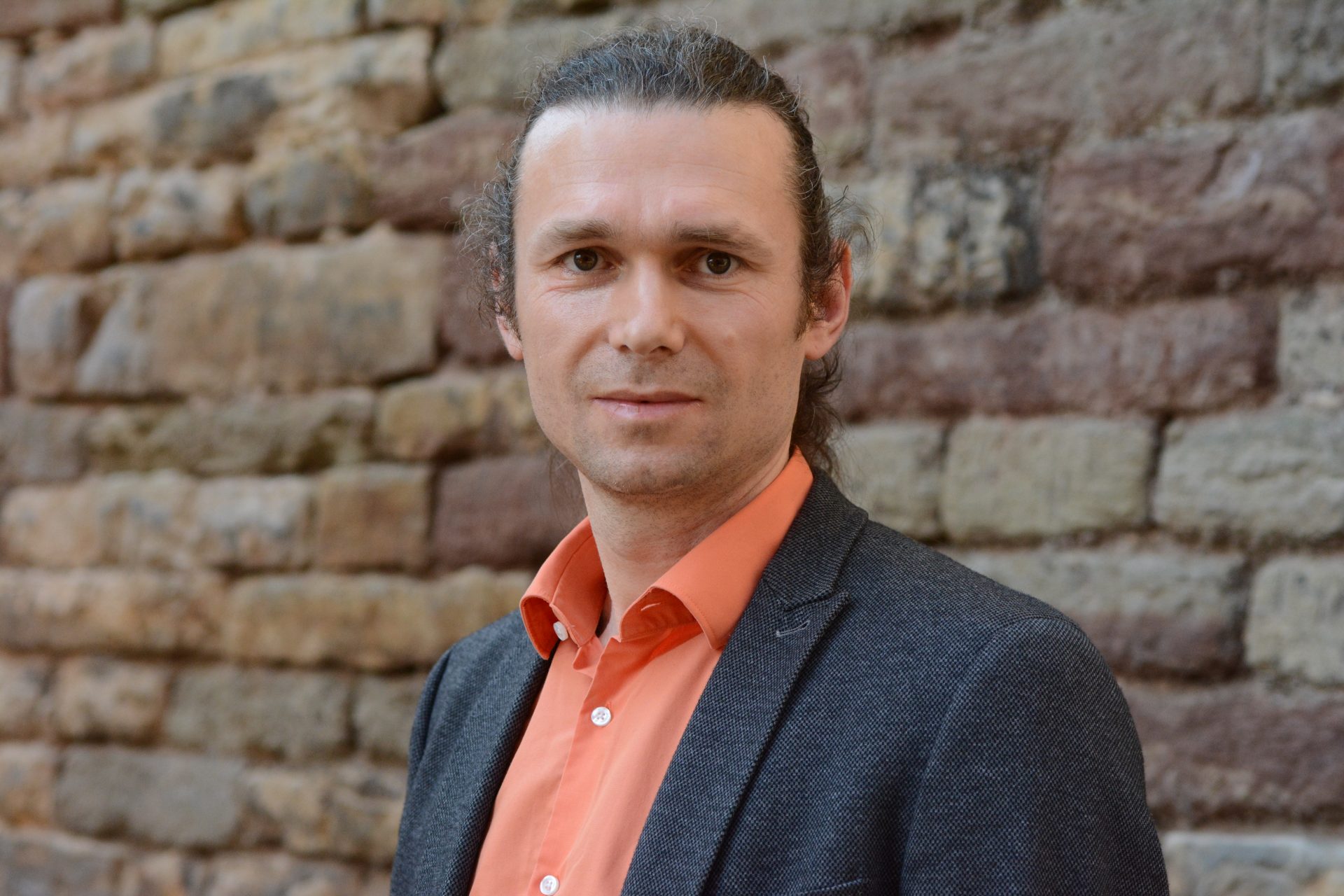
Benjamin Steininger is a cultural and media theorist, historian of science and technology, and a curator, based in Berlin and Vienna. Currently, he is a postdoctoral researcher at Max Planck Institute for the History of Science in Berlin and at the Cluster of Excellence Unifying Systems in Catalysis at TU Berlin. His main research projects deal with industrial catalysis as a model case for human-earth-interaction in the Anthropocene, and with the critique of fossil reason. From 2012 to 2016, he directed a digital collection and exhibition project on the subject of 100 Years of Oil Industry in Austria. In cooperation with Alexander Klose, he founded the research collective Beauty of Oil.
Relevant publications:
„Im Bann der fossilen Vernunft“ (with Alexander Klose), in: Merkur, Vol. 72, Dezember 2018, pp. 5–16.
„PETROMODERNE PETROMONSTRÖS“, in: AZIMUTH. Philosophical Coordinates in Modern and Contemporary Age, Vol. 6, No. 12, (= Technology and the Sublime), ed. Giulia Rispoli and Christoph Rosol, 2018, pp. 15–30.
“Ein Füllhorn des 20. Jahrhunderts”, in: 1948 Unbound. Entfesselung der technischen Gegenwart, (= Beilage zu taz-die tageszeitung), ed. Haus der Kulturen der Welt, 30. November 2017, pp. 8–9.
„A Rapid Transition of the World’s Energy Systems“ (with Jürgen Renn, Robert Schlögl and Christoph Rosol), in: Nature, Vol. 551, No. 7682, Supplement, 2017, pp. 133–180.
„Berührungswirkungen. Katalyse- als Kontaktforschung“, in: Auf Tuchfühlung. Eine Wissensgeschichte des Tastsinns, ed. Karin Harrasser, Frankfurt/New York: Campus, 2017, pp. 25–38.
„Lubricants as Liquid Machine Parts“, in: Raw Flows. Fluid Mattering in Arts and Research, ed. Roman Kirschner, Berlin: DeGruyter, 2017, pp. 30–47.
„Raffinerie und Katalyse“, in: Das Anthropozän. Zum Stand der Dinge, ed. Jürgen Renn and Bernd Scherer, Berlin: Matthes & Seitz, 2015, pp. 210–225.
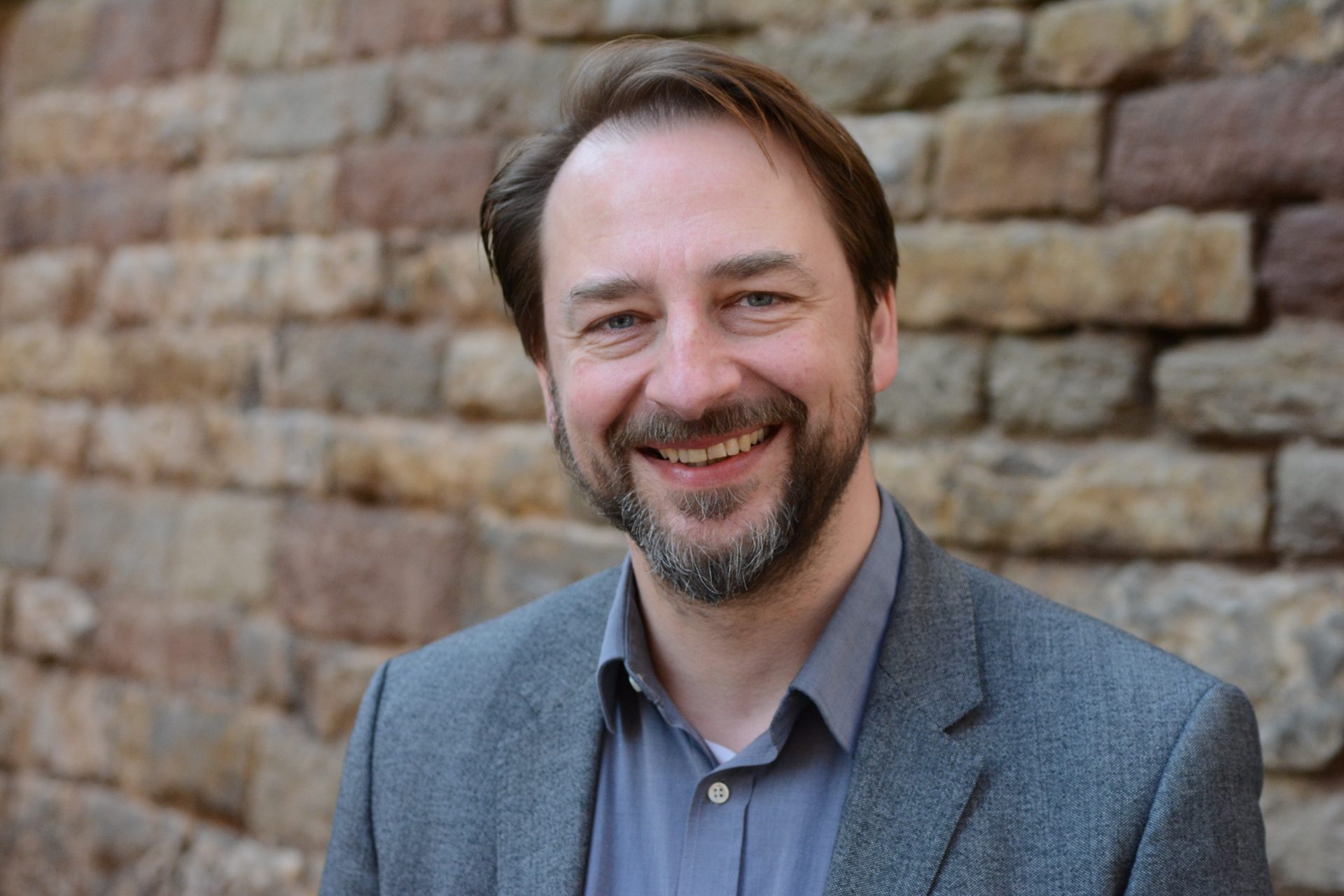
Friedrich Weltzien is an art historian and cultural scientist. In 2013, he was appointed professor for Creativity and Psychology of Perception at Hanover University of Applied Sciences and Arts. Previously, he was a guest professor of Cultural History at the Weißensee Academy of Art, research associate of Art History at the University of Potsdam and fellow at the collaborative research centre Aesthetic Experience in the Dissolution of Artistic Limits at the Free University Berlin. His research concentrates on art and design theory from the 18th to the 21st century and the interrelations between the history of art, media and science. He is an expert in aesthetic theories of the blot.
Relevant publications:
Design und Mimesis. Nachahmung in Natur und Kultur, ed. Antonia Ulrich and Friedrich Weltzien, Berlin: Reimer, 2019 (in preparation).
State of Flux. Aesthetics of Fluid Materials, ed. Marcel Finke and Friedrich Weltzien, Berlin: Reimer, 2017.
Sprachen des Materials. Strategien, Theorien, Narrative, ed. Martin Scholz and Friedrich Weltzien, Berlin: Reimer, 2016.
Fleck – Das Bild der Selbsttätigkeit. Justinus Kerner und die Klecksografie als experimentelle Bildpraxis zwischen Ästhetik und Naturwissenschaft, Göttingen: Vandenhoeck & Ruprecht, 2011.
Von selbst. Autopoietische Verfahren in der Ästhetik des 19. Jahrhundert. Zusammenhänge von ästhetischer Theorie und Technikgeschichte, ed. Friedrich Weltzien, Berlin: Reimer, 2006.
Entwerfen und Entwurf. Praxis und Theorie des künstlerischen Schaffensprozesses, ed. Gundel Mattenklott and Friedrich Weltzien, Berlin: Reimer, 2003.
Essays:
„Druckausgleich. Atmosphären der Freiheit in der Nachkriegskunst“, in: Sublimation – Mind, Matter, Concept in Art after Modernism, ed. Christian Berger and Annika Schlitte, in preparation.
„Design als kritische Praxis. Kreativität und Unordnung“, in: Wild Thing, ed. Claudia Mareis and Christoph Windgätter, Berlin: Kadmos, 2018, pp. 129–152.
„Wellen und Zellen. Willi Baumeister und das Bild der amorphen Natur“, in: Objektivität und Imagination. Naturgeschichte in der Kunst des 20. und 21. Jahrhunderts, ed. Annerose Keßler and Isabelle Schwarz, Bielefeld: transcript, 2018, pp. 273–296.
„Ungute Atmosphären. Zur manipulativen Macht der Eindruckstechniken“, in: Atmosphären. Mit Spürsinn entwerfen, ed. Anke Bertram, Hannover: Blumhardt, 2018, pp. 200–217.
„Fluid Aesthetics – Aesthetics of the Fluid”, in: State of Flux. Aesthetics of Fluid Materials, ed. Marcel Finke and Friedrich Weltzien, Berlin: Reimer, 2017, pp. 39–58.
„Postdigitale Ursuppe. Herwig Weisers „Lucid Phantom Messenger“ in der Tradition der biologie synthétique“, in: Der Achte Tag. Naturbilder in der Kunst des 21. Jahrhunderts, ed. Frank Fehrenbach and Matthias Krüger, Berlin/Boston: De Gruyter, 2016, pp. 147–161.
„Autopoiesis. Der intendierte Kontrollverlust in kreativen Prozessen“, in: Ästhetik des Zufalls. Ordnungen des Unvorhersehbaren in Literatur und Theorie, ed. Christoph Pflaumbaum, Heidelberg: Winter, 2015, pp. 59–76.
„1785 – Tintenflecken als Ideengenerator. Alexander Cozens: A New Method of Assisting the Inventions of Landscape”, in: Improvisation und Invention. Momente, Modelle, Medien, ed. Sandro Zanetti, Zurich: diaphanes, 2015, pp. 463–478.
„Die Fantasie ist flüssig. Von der romantischen Hirnphysiologie zur Avantgarde“, in: Verflüssigungen. Ästhetische und semantische Dimensionen eines Topos, ed. Kassandra Nakas, Paderborn: Wilhelm Fink, 2015, pp. 25–43.
„Zeuge der Zeugung. Biochemische Körperkonzeptionen und das abstrakte Bild als Lebewesen“, in: Jenseits der Repräsentation. Körperlichkeit der Abstraktion in moderner und zeitgenössischer Kunst, ed. Olga Moskatova et al., Munich: Wilhelm Fink, 2013, pp. 301–320.
„Vom Bildungstrieb der Stoffe. Oder: Wie sieht Lebendigkeit aus?“, in: Vita aesthetica. Szenarien ästhetischer Lebendigkeit, ed. Winfried Menninghaus, Zurich: diaphanes, 2009, pp. 31–44.
„Die Lebendigkeit des Materials. Zur Geschichte selbstorganisierender Flecken zwischen Kunst und Wissenschaft“, in: Laboratorium Lack. Baumeister, Schlemmer, Krause 1937–1944, exhibition catalogue (Kunstmuseum Stuttgart), Tuebingen: Wasmuth, 2007, pp. 105–116.
„Von der Fraktur zur Faktur. Gutai und die Gewalt des Schaffens im Kontext europäischer Nachkriegsavantgarde“, in: fRAKTUR. Gestörte ästhetische Präsenz in Avantgarde und Spätavantgarde, ed. Anke Hennig et al., Munich: Sagner, 2006, pp. 183–209.
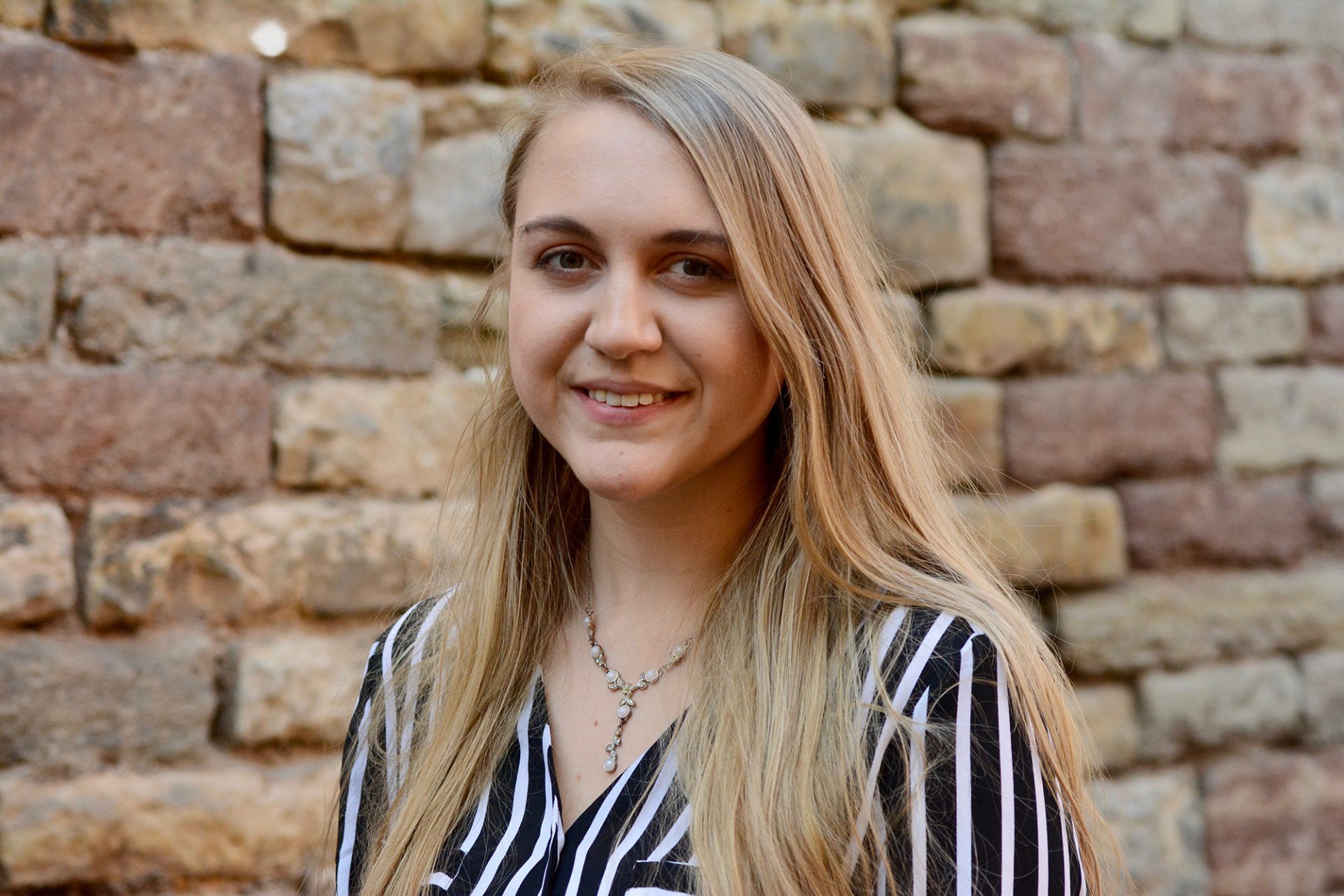
Research Assistant (2019–2020)
In 2017, Saskia Watzl successfully completed the Bachelor Programme in the History of Arts and Cultural History at the University of Augsburg. Afterwards, she studied Art History at the Eberhard Karls University Tuebingen where she received her M.A. degree in September 2020. From January 2019 to September 2020, she was research assistant of the research network “Fluidity. Materials in Motion” (DFG).